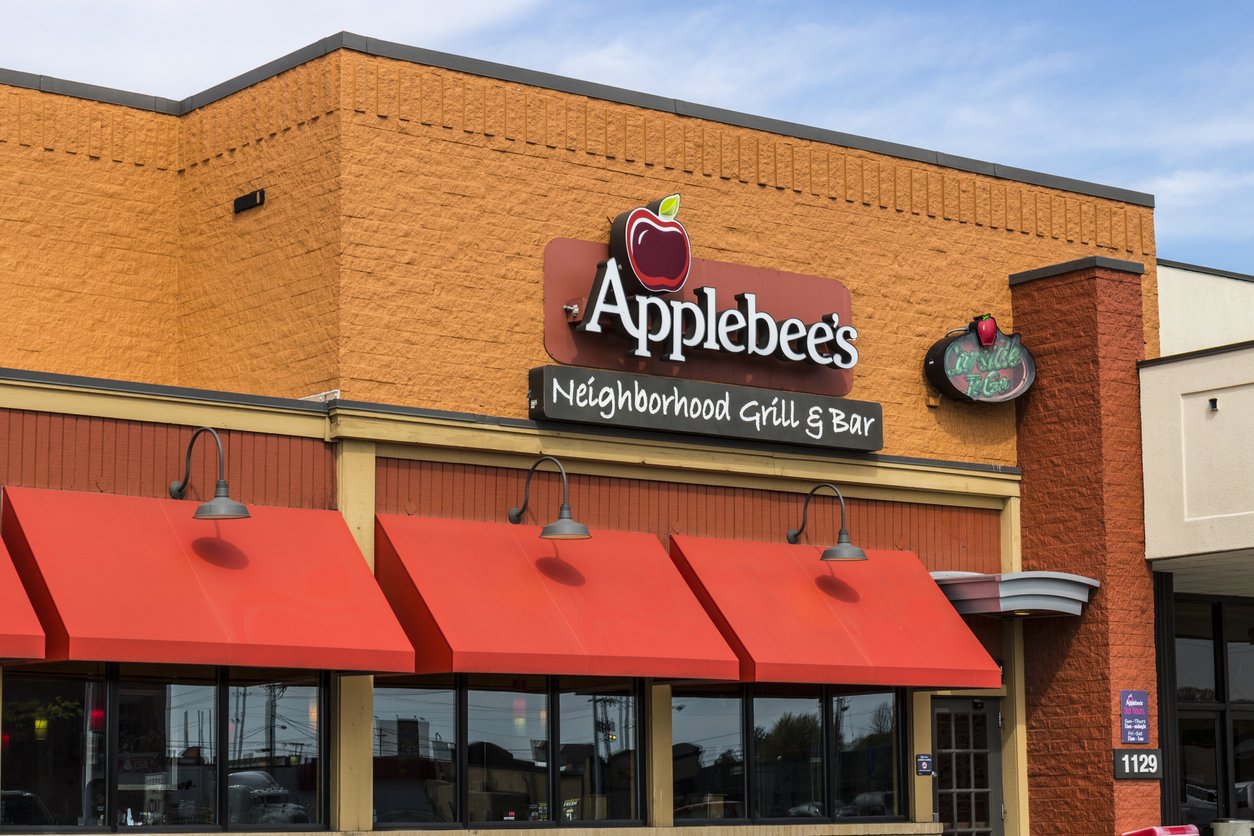Despite Applebee’s Ukraine snafu, don’t pull ad spend from news
There’s risk in running ads against news coverage, but ad dollars are essential for keeping the news media healthy and audiences informed.

Applebee’s took it on the chin when its lighthearted ad was aired against CNN coverage of air raid sirens in Ukraine amid Russia’s ongoing invasion.
The Applebee’s spot didn’t fit the mood of the grim beginning to the first war in Europe in generations, and the brand was immediately the target of online critics and late-night TV comics.
Applebee’s was quick to shift the blame to the broadcaster for its ill-timed appearance on viewers’ screens and said it would pause ad spending.
“We are deeply concerned about the situation in Ukraine,” an Applebee’s spokesperson said in an email to Insider. “It should never have aired, and we are disappointed in the actions of the network.” Applebee’s paused advertising after learning about the ad placement.
However, when brand advertisers stop spending against news programming all together, the loss of revenue is a big problem for the overall media economy.
Will Phipps, senior vice president of media with Allen & Gerritsen and co-founder of Protect Our Press, argues that brands should keep their investment in news—even if there is a little unpredictability in how those ads might show up in broadcasts.

Will Phipps
“News has often been a place where brands and agencies—particularly agencies that have lazy, bad habits—may just block news entirely,” says Phipps. When a client questions ad buying or investment around news programming because the news cycle is hard to predict and your ad might appear next to coverage of a European war, agencies might be tempted to overcorrect.
“They literally uncheck a box,” explains Phipps of the choice on what channels and programming to spend dollars against. “And by unchecking the box, they’re cutting off the funding to news organizations, which, by and large, rely quite a large amount for their revenue on advertising.”
How to ensure brand safety
The question of brand safety on advertising has become a big topic for brand managers alongside the rise of programmatic advertising and the automation of ad messages. Groups like Sleeping Giants have risen to fame by pointing out how brand advertisers are helping fund media outlets that spread misinformation or propaganda.
But brand safety has more nuance than making sure your ads aren’t showing up on Breitbart.
“Some clients might be more sensitive to this kind of adjacency and our job as an agency is to partner with our clients,” says Phipps. But that doesn’t mean a client should avoid placing ad dollars when the audience for news is on the rise, in part driven by intense interest in world events like the war in Ukraine.
Phipps places blame for the Applebee’s gaffe on CNN and encourages advertisers to think about direct engagement with broadcasters about how their messages appear on content. For example, Phipps says a brand could require the broadcaster not to stick its ad next to live video or coverage of the war but agree to underwrite segments where commentators and pundits discuss the events and their impact.
It’s a conversation that Phipps has had with clients at Allen & Gerritsen.
“One of our biggest clients said, ‘Hey, we think we should pull out of news,” he shares. “We talked to them and we laid out the pros and cons. We put in place some brand safety measures such as ensuring that any adjacency would not be next to live reporting of conflict…and they said, ‘OK that feels good to us.’”
The trick isn’t to wall off your brand from the events happening out in the wider world, but rather have some nuance and flexibility in how you appear in connection to the biggest news stories.
“We don’t have an issue with Russia and Ukraine stories,” says Phipps of his agency’s approach during the current news cycle. “We just don’t want live news reporting. We don’t want footage that could be concerning. We are happy to be there as it’s debated and discussed and the implications of that conflict, because it’s a thing of national importance.”
When news is a safe bet
Phipps argues that direct connection with a news outlet offers more safety than any other kind of ad buy—particularly programmatic campaigns where you can’t control where your target audience travels.
“The biggest problem of the brand safety field is that too often, people just rely on the technology,” says Phipps. “They don’t think about the humanity of how you tackle this problem.” It’s a painstaking process to make sure you identify places and content types where you don’t want your brand to appear.
“We go through keyword by keyword, tag by tag to figure out which of the places that we do want to be for each client, and which are the places we don’t,” says Phipps. But it’s a process that clients believe in and none of Allen & Gerritsen’s clients so far have unchecked the news box in their ad spend so far.
By going directly to the gatekeepers of content—publishers—brands have a bigger opportunity to control the way their message is connected to a news-hungry audience.
“We do lots of direct deals with the partners like the Boston Globe, and feel really good about brand safety,” says Phipps. “I’d actually argue news is sometimes the most brand-safe place to be if you go direct and if you work with them.”
And direct investment offers other special opportunities for paid engagement, from sponsoring a conference to sponsored thought leadership posts. And the publisher gets more of a benefit of the ad spend—which helps them fund their essential work covering the news stories that shape lives around the world.
This article is part of our PR Daily Leadership Network. Be sure to join this exclusive group for peer networking and unique training opportunities for PR and communications pros.







